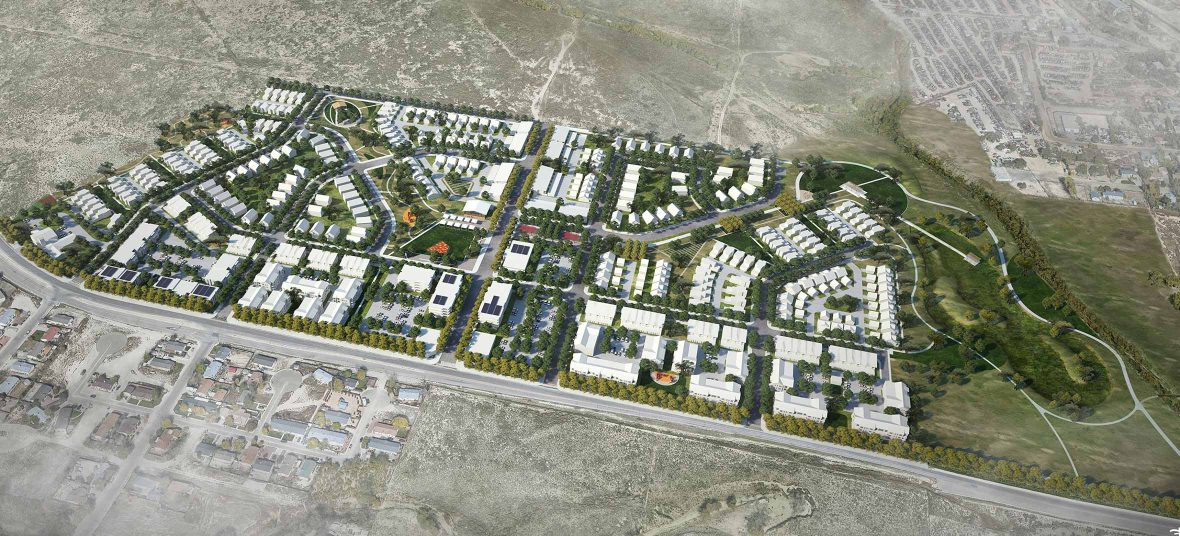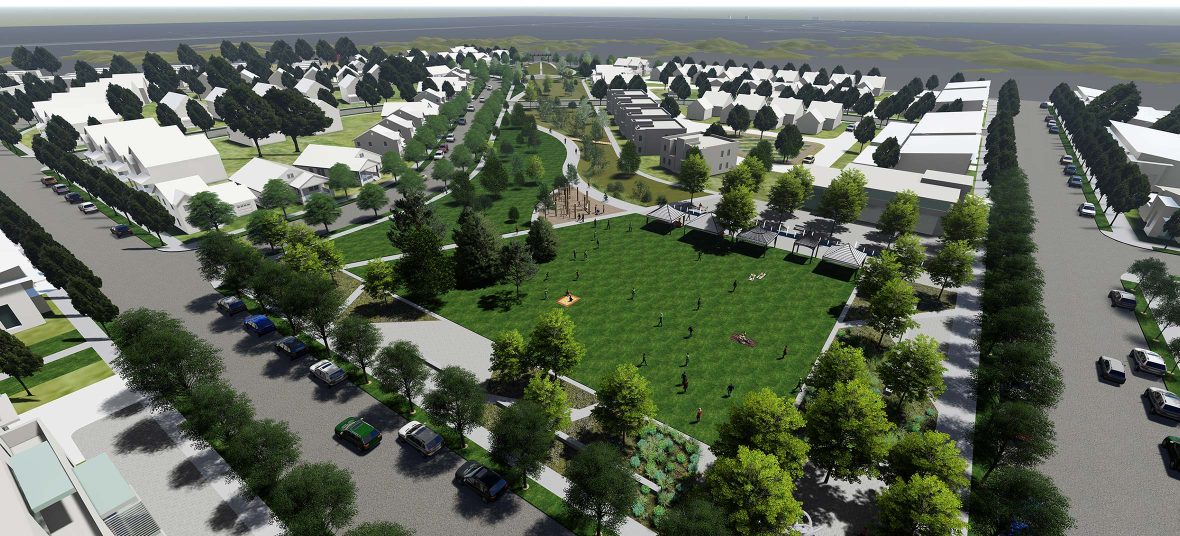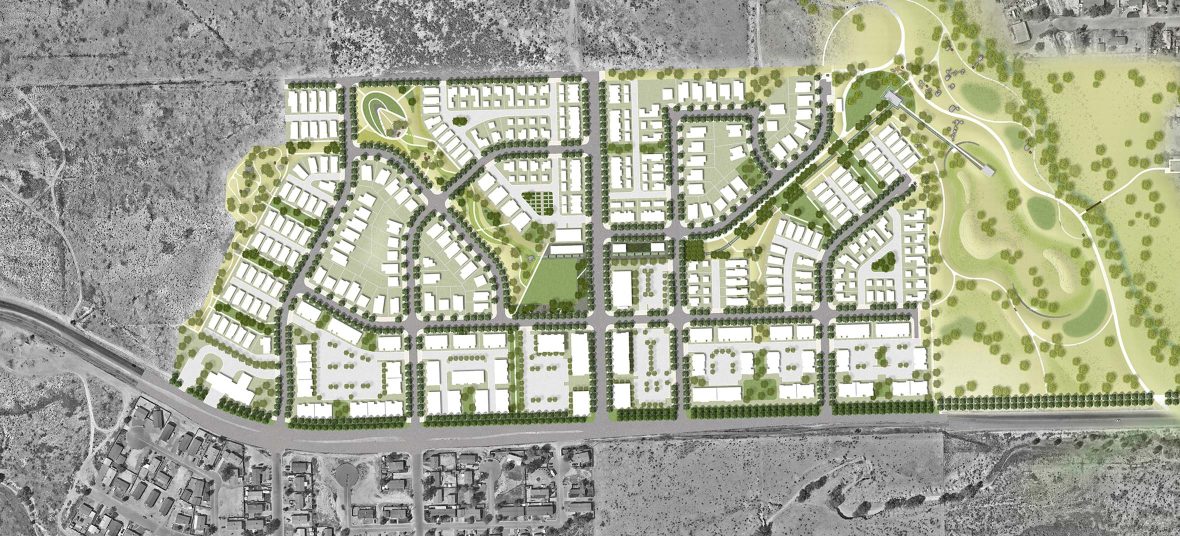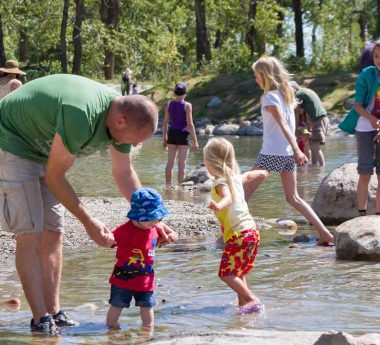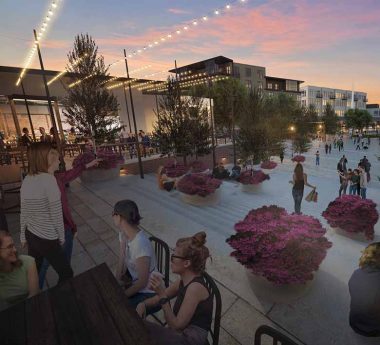About one hundred miles south of Denver, on Pueblo’s west side, a new kind of residential neighborhood is in the works. This community will be more than houses and sidewalks, more than yards and playgrounds, and even more than open green space that brings people together outdoors. This development goes beyond those baselines (albeit important ones) to consider the additional resources residents need in order to feel supported and empowered to live a stable, healthy lifestyle. Because, when individuals and families are stronger, the whole community benefits with improved stability too.
This is Pikes Peak Park, a shared equity, mixed-use and mixed-income neighborhood that includes a range of permanently affordable housing types as well as access to childcare, healthcare, and healthy food options. It’s envisioned by NeighborWorks Southern Colorado (NWSOCO), an independent non-profit organization that is a member network of NeighborWorks America, a national mission-driven organization. NeighborWorks raises funds through federal grants and community investments—distributing $9.3 billion in fiscal year 2020—in order to create opportunities for people to live in homes they can afford, improve their lives and strengthen their communities.
This kind of community has never been so sorely needed. With median home prices and rents rising to record levels, an increasingly large part of the population is being priced out and left behind, with little opportunity to catch up. Recently reporting on the Common Sense Institute’s (CSI’s) analysis of Colorado’s housing deficit, the Greeley Times put it like this: “Colorado is on the verge of an affordable housing crisis so severe that it could derail the state economy and contribute to a significant deterioration in the quality of life for those priced out of the market.”
Pikes Peak Park is poised to become the exemplar of how it’s done, and done right.
